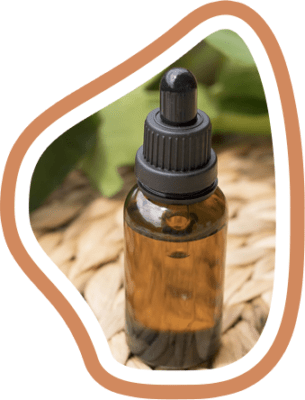 Cannabis plants have over 480 natural components. Of these, 66 are classified as cannabinoids. THC (Delta-9-tetrahydrocannabinol) is the best known and is what causes the intoxicating effects often associated with cannabis use.
Cannabis plants have over 480 natural components. Of these, 66 are classified as cannabinoids. THC (Delta-9-tetrahydrocannabinol) is the best known and is what causes the intoxicating effects often associated with cannabis use.
The levels of cannabinoid found in a particular strain will determine the effects that the strain has. You can use the cannabinoid percentages alongside your knowledge of Indica vs Sativa strains to make a more informed choice about what to take.
Other cannabinoids can help to moderate the effect of THC. Cannabinoids interact with receptors in the body’s endocannabinoid system (ECS) to produce the results of marijuana. Cannabinoids attach to the receptors of the brain and cause responses throughout the body.
The most common cannabinoids found in cannabis are:
- Tetrahydrocannabinol (THC)
- Tetrahydrocannabinol Acid (THCA)
- Cannabidiol (CBD)
- Cannabinol (CBN)
- Cannabichromene (CBC)
|
- Cannabidiol (CBDL)
- Cannabigerol (CBG)
- Cannabicyclol (CBL)
- Cannabielsoin (CBE)
- Cannabitriol (CBT)
|
Is CBD or THC better? Can this question even be answered clearly? Do the different cannabinoids work in unison to provide the desired effects?
THC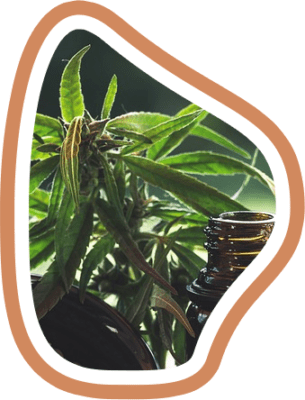
Tetrahydrocannabinol (THC) is the primary compound found in Cannabis that induces the psychoactive effects. Essentially, THC is why people get high when using weeds. THC is the best-known cannabinoid and the one that is the most researched.
THC should not be confused with THCA. THCA is a cannabinoid that is found in freshly cut marijuana buds. THCA is not psychoactive, so that it won’t cause intoxication. This is why you won’t feel much in the way of effects if you try to eat a raw bud.
For THCA to get someone high, it needs to be converted into THC. This happens during a process called decarboxylation. Heat or light can induce a chemical reaction that breaks down THCA into THC.
Sativa strains commonly are believed to be higher in THC than most strains of Indica. This is why Sativa strains are generally accepted to give a more heady high.
Tetrahydrocannabinol is a lipid-soluble chemical that binds to fat in the body. Once the THC binds to the receptors in the brain, the intoxicating effects are felt. Once attached, the THC effects are sent through the body. This causes a euphoric sensation that is commonly associated with smoking marijuana.
CBD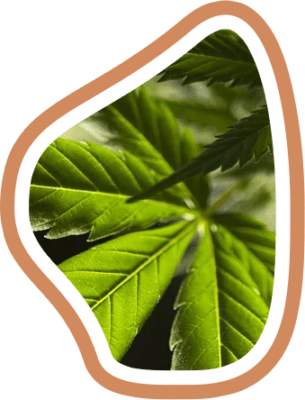
Cannabidiol (CBD) is a non-psychoactive compound that is found on marijuana and hemp. CBD is also well-known and well-researched. Unlike THC, CBD does not cause intoxication. It can, however, moderate the way other cannabinoids react with the body.
CBD can act as a moderator of THC and control how it interacts with the body’s endocannabinoid system. Cannabidiol limits the likelihood of adverse effects caused by using THC. CBD is also useful in reducing the inflammation caused by THC use.
CBD can be taken alone but is known to work best when taken with THC. Taken alone, CBD is ideal for someone who doesn’t want to get high. The effects won’t be those that you would typically associate with THC intoxication.
Indica strains are thought to contain more CBD than most strains of Sativa, although this is usually a general rule, and not always the case.
CBN 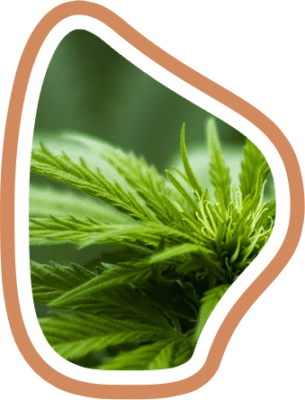
Cannabinol (CBN) is another non-psychoactive chemical compound found in weed. CBN is known as the cannabinoid that is produced as THC degrades. THC breaks down into CBN when it is exposed to heat and light.
This cannabinoid is only ¼ the potency of THC. Strains with high CBN can be more potent than you might expect. High CBN strains can produce substantial couchlocking effects and feel very potent.
CBN is known best for its ability to induce sleep. Thus, many growers of weed who want to produce pot with a couchlocking effect will allow their plants to flower for longer. This lets the THC break down into CBN.
Terpenes are compounds found in cannabis responsible for the scents associated with Indica and Sativa strains. There are over 100 terpenes that work alongside cannabinoids to create a variety of effects.
- Myrcene: This is the terpene that is found most in weed. Almost every strain has a large amount of myrcene. It has a musky, fruity scent and can induce sedating relaxing effects.
- Limonene: This is almost as plentiful as myrcene. Limonene is found in citrus fruits, and ios the reason why some strains of cannabis have a strong scent and flavour of citrus. Limonene is thought to reduce stress and improve mood.
- Pinene: Pinene is commonly found in pine trees, and is what gives the strong, sharp smell of pine. It is said to increase alertness and improve memory retention.
- Caryophyllene: This is what gives some marijuana flowers undertones of spice and pepper. Caryophyllene is found in cinnamon, cloves, basil, and rosemary. This is the only terpene that meets some of the same purposes as a cannabinoid. It is most often used for stress relief.
- Linalool: when you think of the way that weed smells, it is linalool that you are thinking of. This smell is what tells people that weed is being smoked nearby. Linalool has a floral scent and is famous for it’s mood-enhancing and sedative effects.
- Terpinolene: This terpene is most commonly found in things, including lilacs and nutmeg. It has a fruity smell and gives uplifting, energizing effects.
- Bisabolol: Bisabolo also has a floral scent. It is most commonly used in cosmetics and perfumes, thanks to the pleasant odours. It also has strong analgesic properties and can be used to treat wounds and infections.
Terpenes give different sets of effects. When mixed with some levels of Cannabinoids, terpenes can give Indica and Sativa strains different results. Knowing which terpenes are present in the strain you’re considering will provide you with a good idea of what effects you can expect to experience.
The effects felt will also depend on how often an individual uses Indica vs Sativa strains of cannabis. For example, a daily user of marijuana will have a different level of effects than someone using weed for the first time. This is because a heavy user will have a much higher tolerance for cannabis than newer users. This is why it is crucial to understand that you might not experience the same effects as someone else. Don’t assume you can handle a strain just because your friend can.
One of the biggest influences of how cannabis affects the user is their body. Cannabis will affect people in different ways, as everyone’s body is diverse.
A heavier person will experience different effects than someone much lighter than them. A larger person will usually need more Indica or Sativa to achieve the same results as someone smaller than them.
The metabolic rate will also change what effects are felt and how long the consequences will be felt. Someone who has a higher metabolism will break down cannabinoids much faster and produce a more intense experience of the effects. A higher metabolism will also leave the body quicker will result in feeling high for a shorter period of time.
Another variable that should be considered is the way cannabis is consumed. For example, a smoked or vaped weed will cause the THC to get into and leave the body faster than taking edibles.
Edibles will take a lot longer to break down and take a lot longer to metabolize. Edibles also interact with the body differently and can produce a more robust set of effects. Some users find that edibles give the substantial couchlocking effect that you usually associate with Indica strains. Before consuming edibles, it is essential to know which strain has been used, what effects are expected, and how to consume them safely. Otherwise, you could be in a for a surprise and accidentally consume much too strong for you to handle.










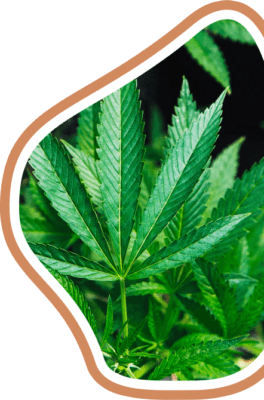
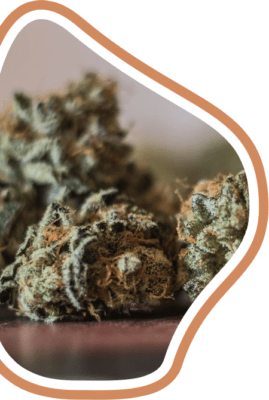
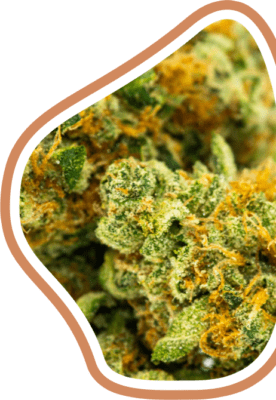

 Cannabis plants have over 480 natural components. Of these, 66 are classified as
Cannabis plants have over 480 natural components. Of these, 66 are classified as 


